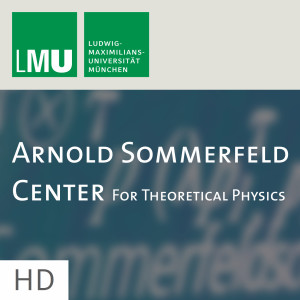
Sommerfeld Lecture Series (ASC)
Science

Solid State Theory Seminar: Death of a Quasiparticle: Strong Correlations from Hund's Coupling
 2024-05-08
2024-05-08
Download
Right click and do "save link as"
According to the Landau description of Fermi liquids, low- energy excitations in metals are constructed out of quasiparticles – long-lived excitations which have the same quantum numbers as those of an electron in vacuum. In metals with strong correlations however, quasiparticles become fragile: they are destroyed above a characteristic energy or temperature scale, the quasiparticle coherence scale. This energy scale can be remarkably low, even in materials which are not close to a Mott metal-insulator transition, for example as a result of the Hund's rule coupling. I will provide evidence that this is relevant for many materials, especially oxides of the 4d transition metals. In other materials, such as cuprates, quasiparticles are destroyed selectively in specific regions of momentum-space. The understanding of charge and thermal transport in such ``bad metals'' is a key issue, with both fundamental and practical implications.
view more
More Episodes
Public Lecture: The quantum phases of matter
 2024-05-08
2024-05-08
 2024-05-08
2024-05-08
012345678910
Create your
podcast in
minutes
- Full-featured podcast site
- Unlimited storage and bandwidth
- Comprehensive podcast stats
- Distribute to Apple Podcasts, Spotify, and more
- Make money with your podcast
It is Free
- Privacy Policy
- Cookie Policy
- Terms of Use
- Consent Preferences
- Copyright © 2015-2024 Podbean.com




